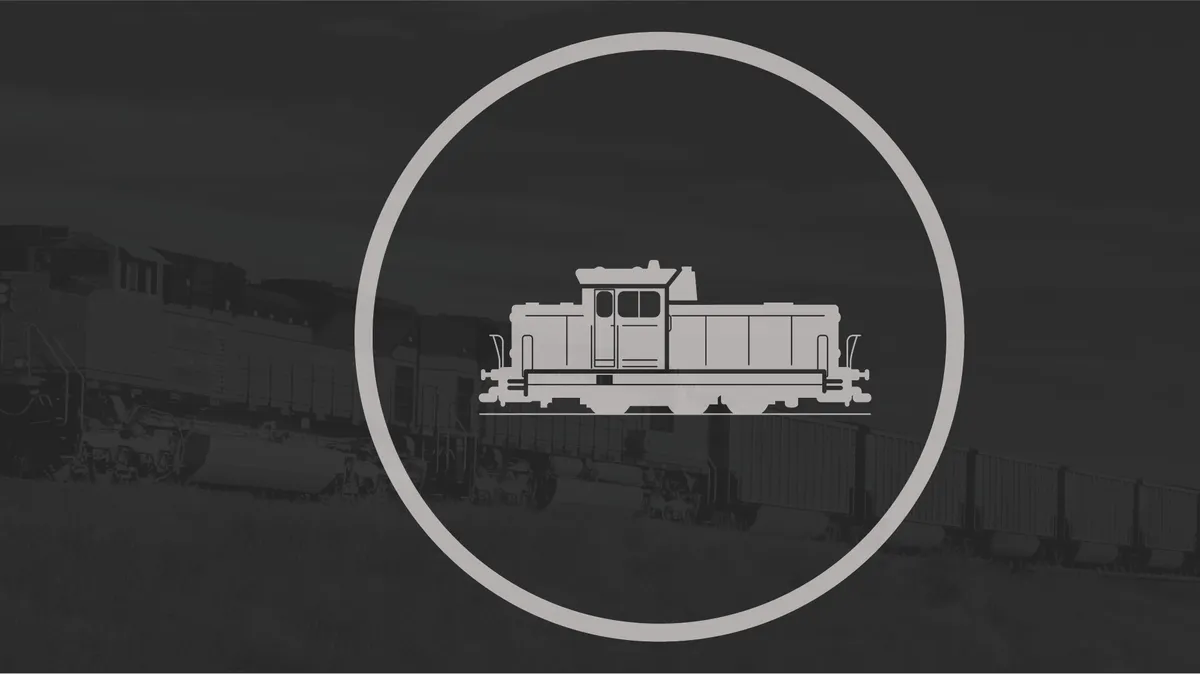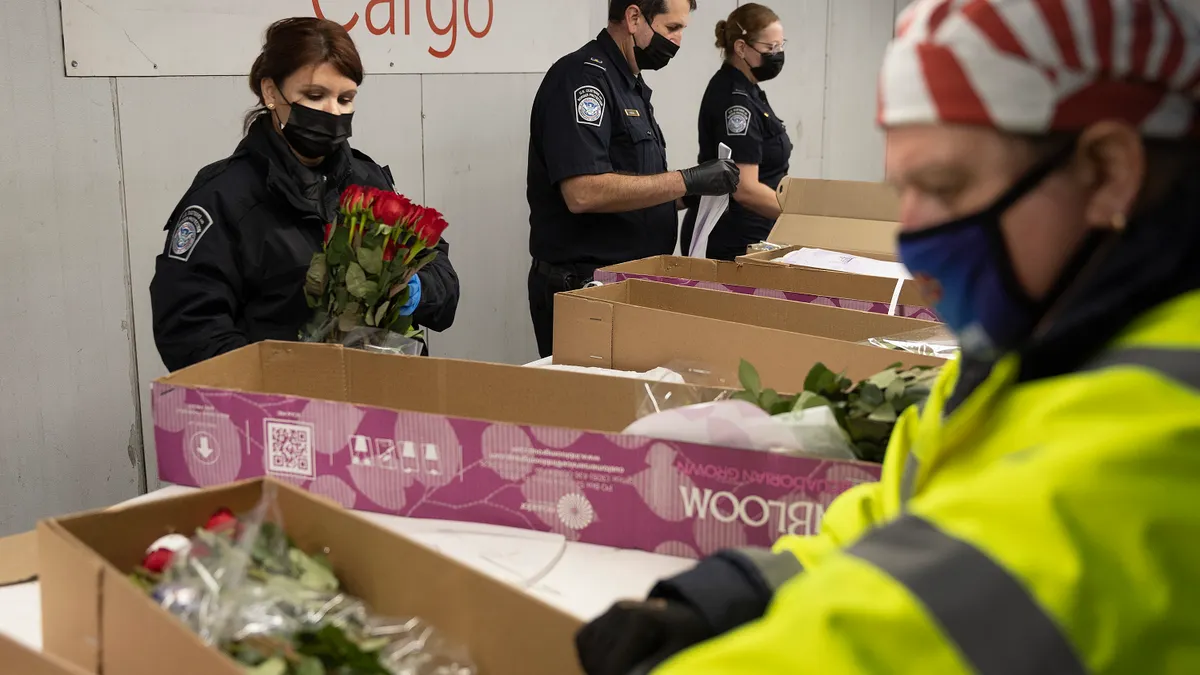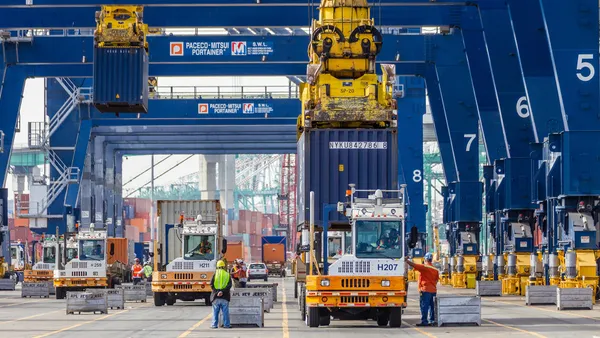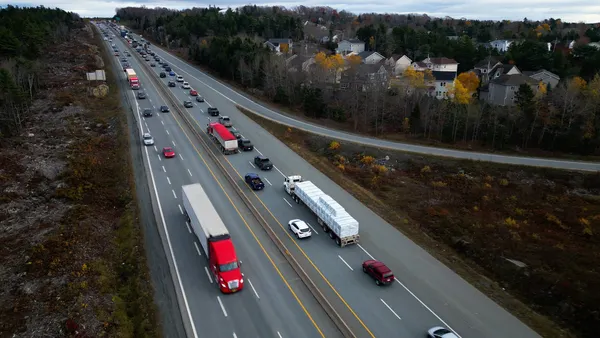Editor's Note: This story is part of a weekly analysis of the logistics industry's latest statistics. See an overview in our data hub.
Dive Brief:
- October 2017 was the strongest month of intermodal rail traffic in history, according to the Association of American Railroads (AAR).
- Railroads transported 1,144,157 containers and trailers in October, or 6.4% more over the same month last year. August 2017 previously held the record for highest intermodal traffic in history, with 1,401,081 containers and trailers.
- Meanwhile, carloads continued their decline, with railroads transporting only 1,065,777 carloads in October, decreasing 0.1% YoY. Fewer grain and coal shipments were behind the fall, according to the AAR.
Dive Insight:
Intermodal rail continues to break records in terms of containers and trailers transported, and that should hardly come as a surprise for shippers.
The rail segment has been narrowing the gap with carload shipments since at least the Great Recession, as increased globalization, e-commerce and steady economic growth place higher demands on the nation's supply chains.
"In 2014 alone, America's major freight railroads supported 1.5 million jobs, $274 billion in economic output, and $88 billion in wages," said Edward Hamberger, president and CEO of the AAR, while testifying before the House Transportation and Infrastructure Rail Subcommittee.
Yet while railroads serve as a backbone for countless industries, the nation's rail infrastructure may soon near capacity. The Federal Highway Administration forecasts U.S. freight demand will rise 41% by 2040, straining roads and railways alike, according to the AAR.
A record-breaking October supports these forecasts, as the "best month in intermodal history" comes shortly after the previous record-breaking month in August. All signs point to new highs for rail, and the U.S. economy, and shippers should read the tea leaves accordingly.














